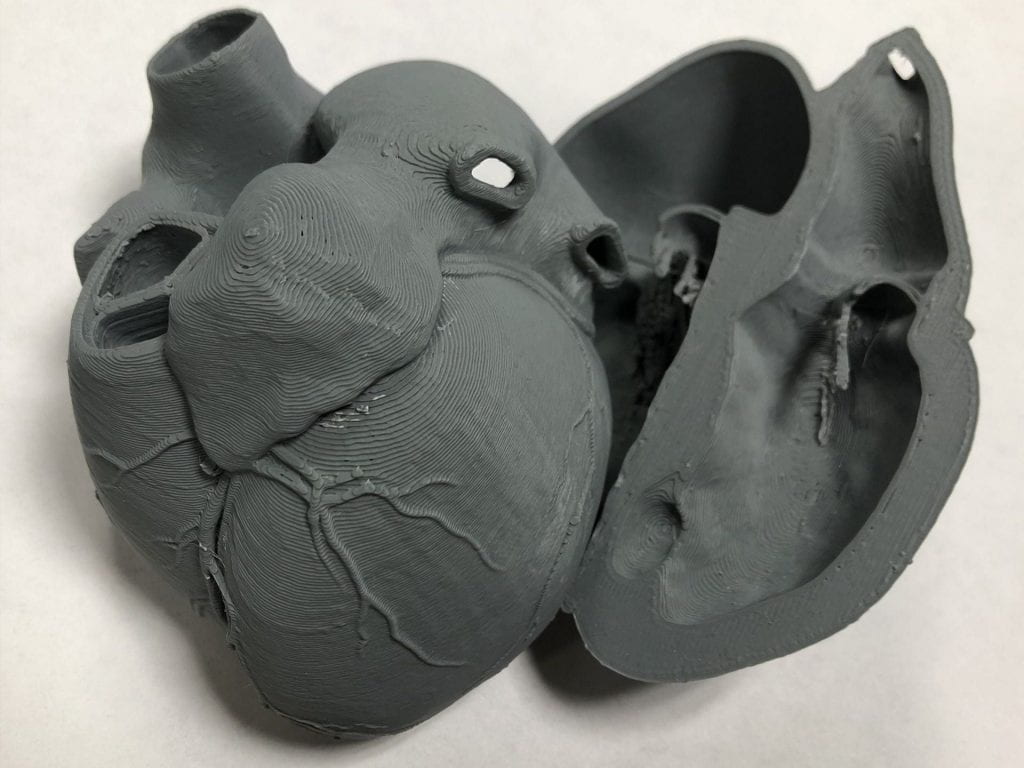
In 2021, UNESCO developed a Recommendation on Open Science to be adopted by member states. This recommendation evolved from a 2017 Recommendation on Science and Scientific Researchers promoting science as a common good.
The Recommendation on Open Science includes a definition of open science:
Open science is … an inclusive construct that combines various movements and practices aiming to make multilingual scientific knowledge openly available, accessible and reusable for everyone, to increase scientific collaborations and sharing of information for the benefits of science and society, and to open the processes of scientific knowledge creation, evaluation and communication to societal actors beyond the traditional scientific community. It comprises all scientific disciplines and aspects of scholarly practices, including basic and applied sciences, natural and social sciences and the humanities, and it builds on the following key pillars: open scientific knowledge, open science infrastructures, science communication, open engagement of societal actors and open dialogue with other knowledge systems.
(UNESCO, 2021.)
The recommendation calls for scientific publications, research data, software and source code to be open and available to scientists internationally. The NIH adopted an open access policy for manuscripts resulting from funded research in 2008. Early this year the NIH adopted a policy requiring that all newly funded grants include a data management and sharing plan to make the underlying research data freely available to other researchers. For more information on the data sharing policy and how to comply, explore our Research Guide.
Platforms that support the sharing and dissemination of research findings and their underlying data are becoming available. The Open Science Framework (OSF) is a “free, open platform to support your research and enable collaboration”. It provides tools to design a study, collect and analyze data, and publish and share results. OSF was designed and is maintained by the non-profit Center for Open Science.
A helpful feature of OSF is the ability to generate a unique, persistent URL (uniform resource locator) for a project for sharing and attribution. There is also built-in version control and collaborators can be assigned a hierarchical level of permissions for data and document management. Researchers can decide to make all or parts of a project public and searchable and add licensing. Public projects can be searched on the OSF site. Registering a project creates a timestamped version for preservation. Pre-prints can also be hosted and made available for searching.
OSF has integrations with a number of useful tools including storage add-ons like Amazon S3, Google Drive, DropBox and figshare. Zotero and Mendeley can be integrated for citation management and GitHub can be used for managing software and code.
Institutions can set up a custom landing page for OSF and build user communities to promote sharing and collaboration within the institution and beyond. Harvard, Johns Hopkins, and NYU are among the many research universities that are using OSF in this way.
Last month Nature and Code Ocean announced a partnership to launch and curate Open Science Library. The Open Science Library contains research software used in Nature journal articles. “Compute capsules” which include the code, data, and computing environment will allow researchers to reproduce results, re-use the code, and collaborate. As open science becomes the norm, more multifunction platforms that enhance sharing and reproducibility while preserving work and ensuring attribution will continue to emerge.
References:
UNESCO. (2021). UNESCO Recommendation on Open Science. https://unesdoc.unesco.org/ark:/48223/pf0000379949.locale=en
UNESCO. (2017). Consolidated Report on the Implementation by Member States of the 2017 Recommendation on Science and Scientific Researchers. https://unesdoc.unesco.org/ark:/48223/pf0000379704
Foster, E. D., & Deardorff, A. (2017). Open Science Framework (OSF). Journal of the Medical Library Association: JMLA, 105(2), 203–206. https://doi.org/10.5195/jmla.2017.88
Code Ocean. (2023). Code Ocean Partners with Nature Portfolio to Launch the Open Science Library with Ready-to-Run Software from Authors in Nature Journals (Press Release). https://codeocean.com/press-release/code-ocean-partners-with-nature-portfolio-open-science-library/











